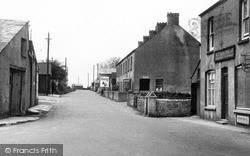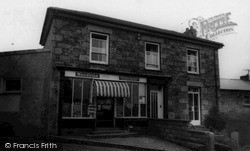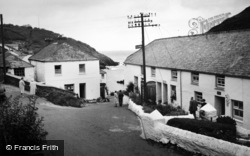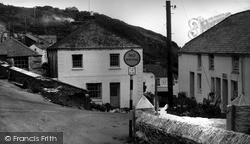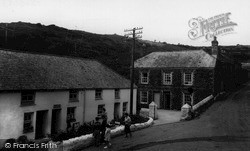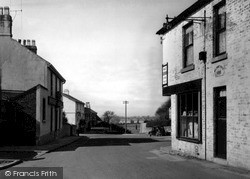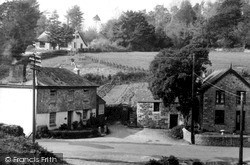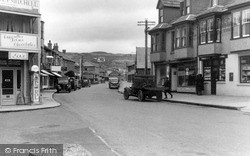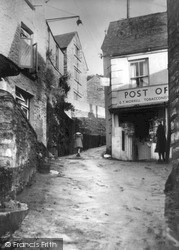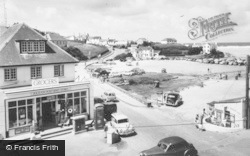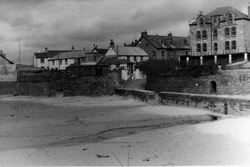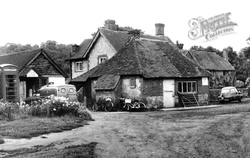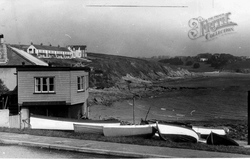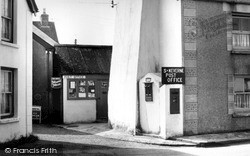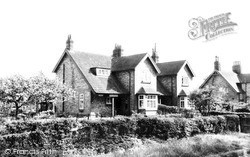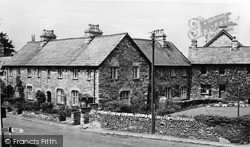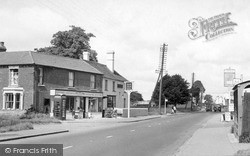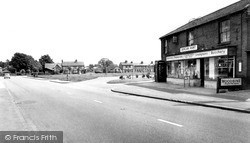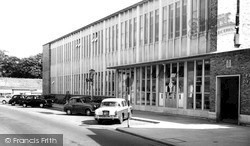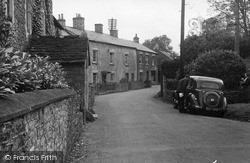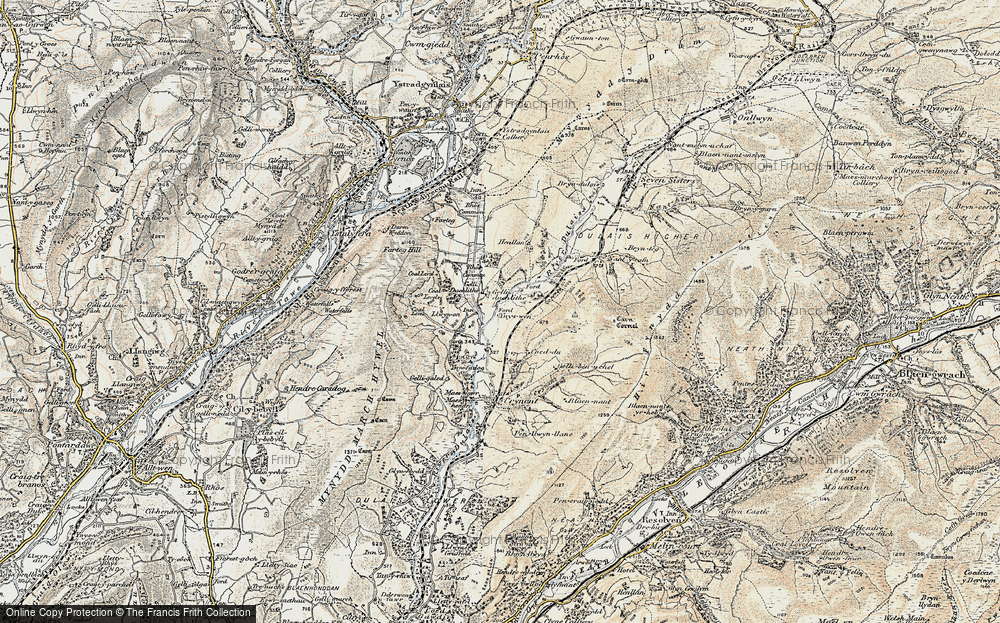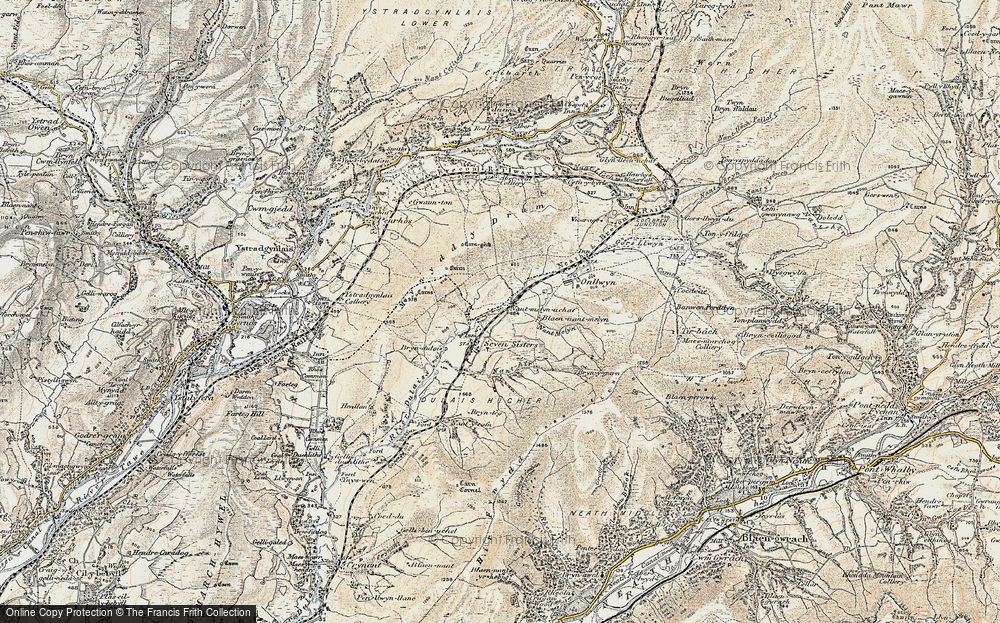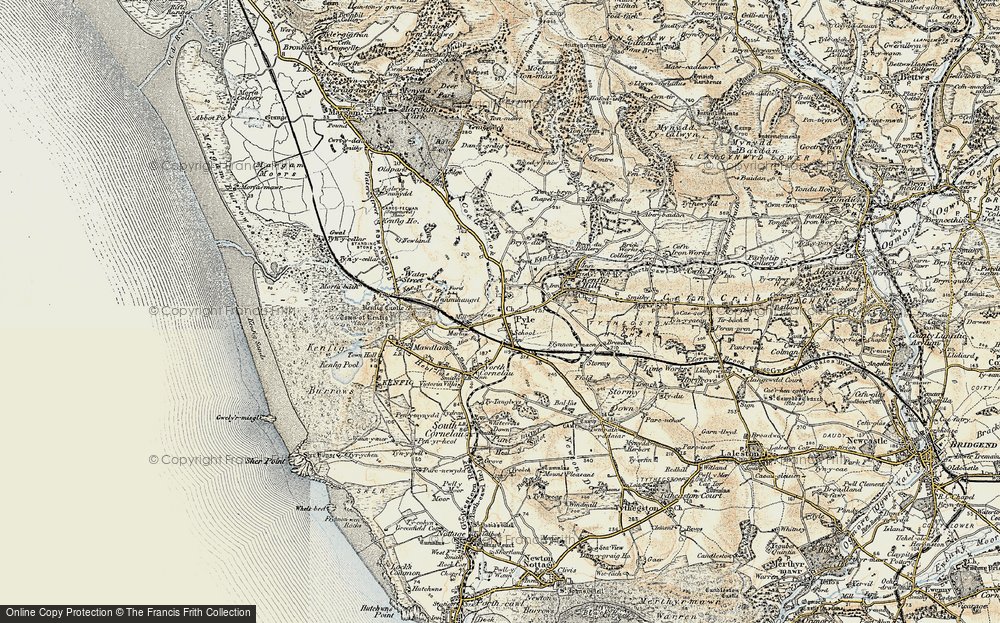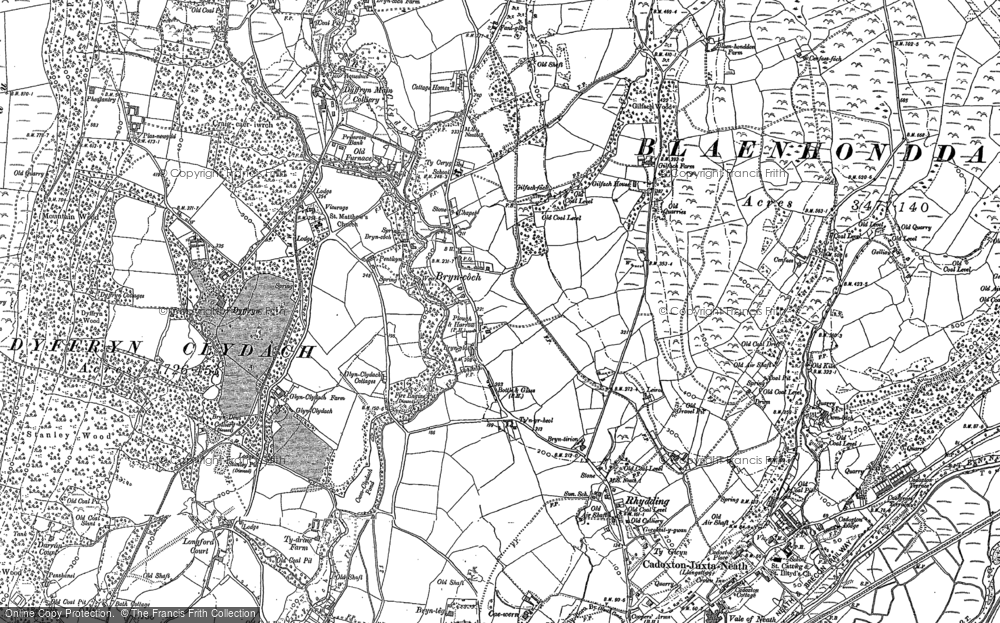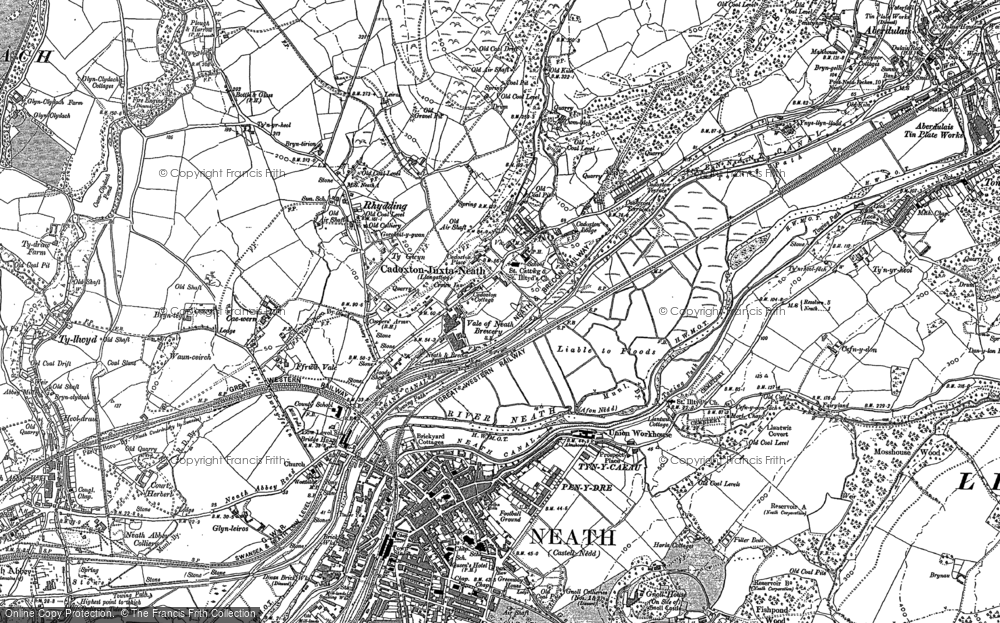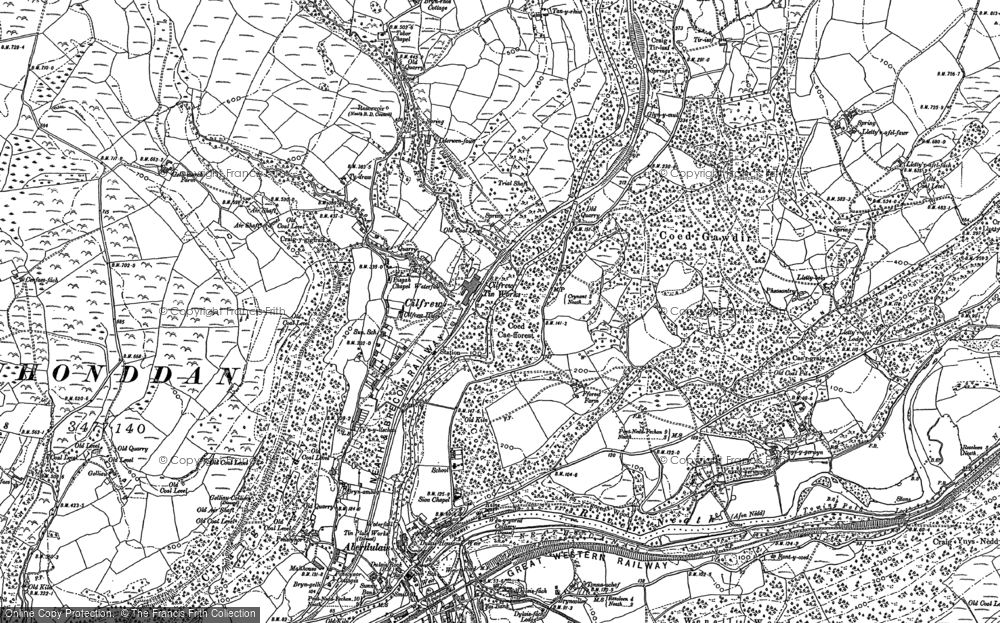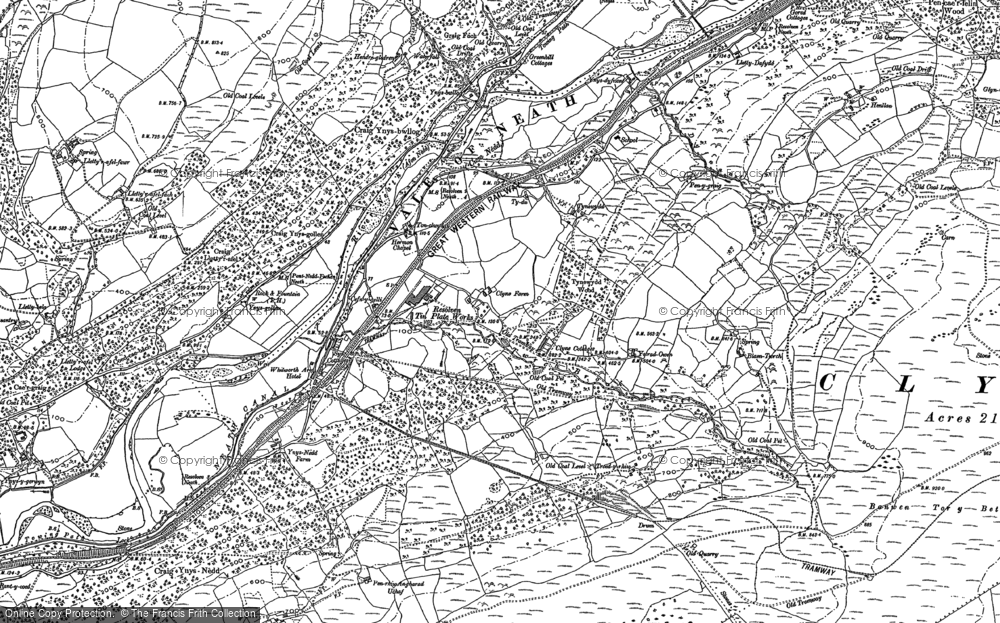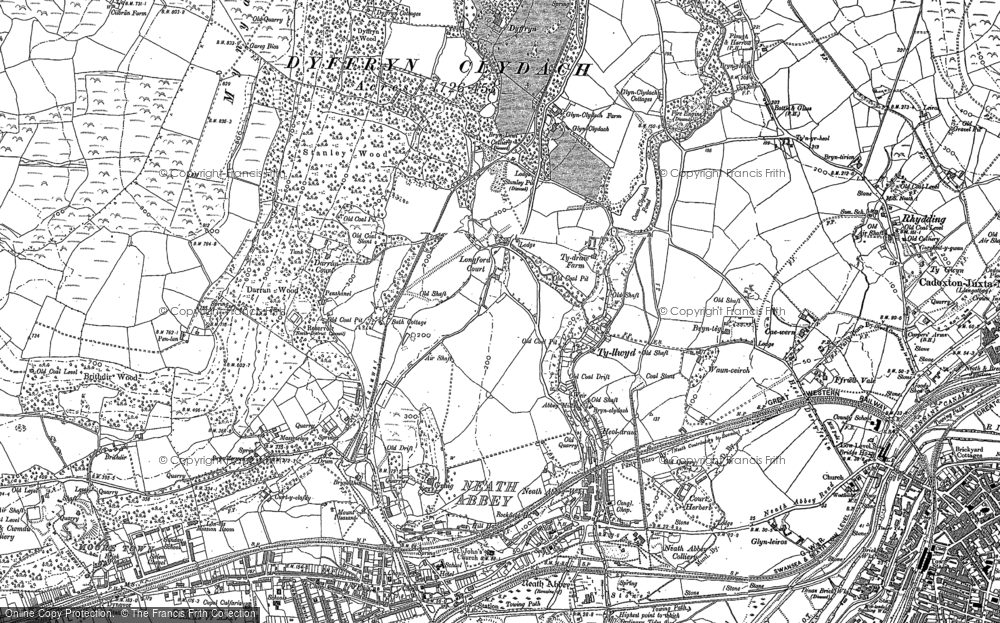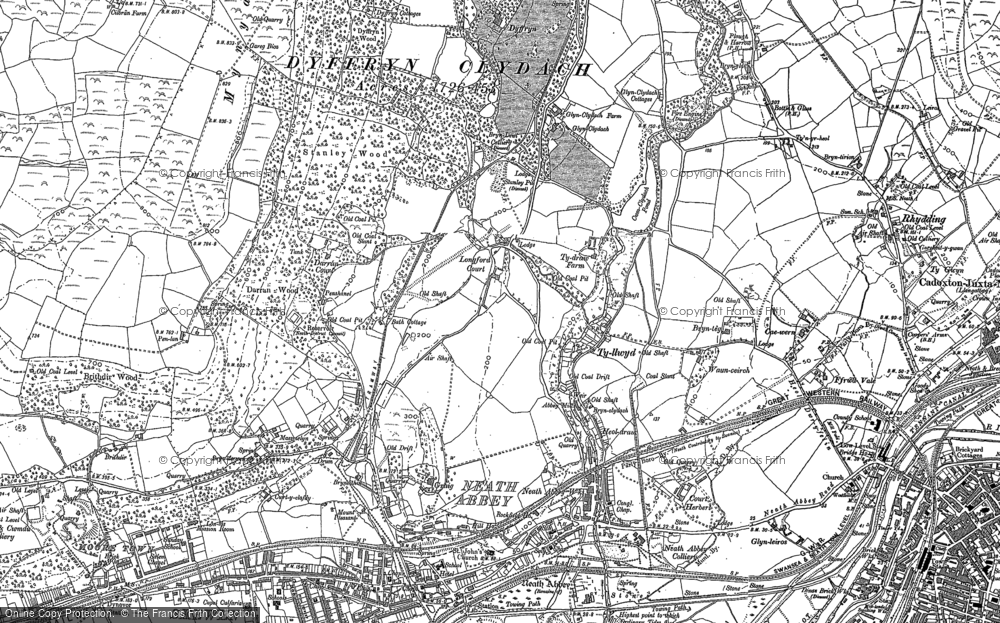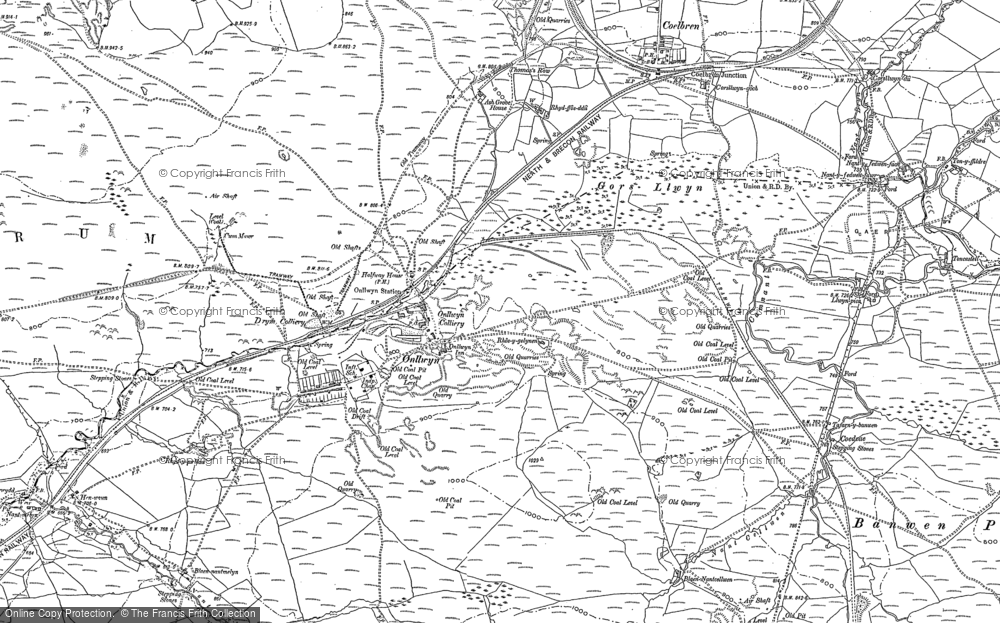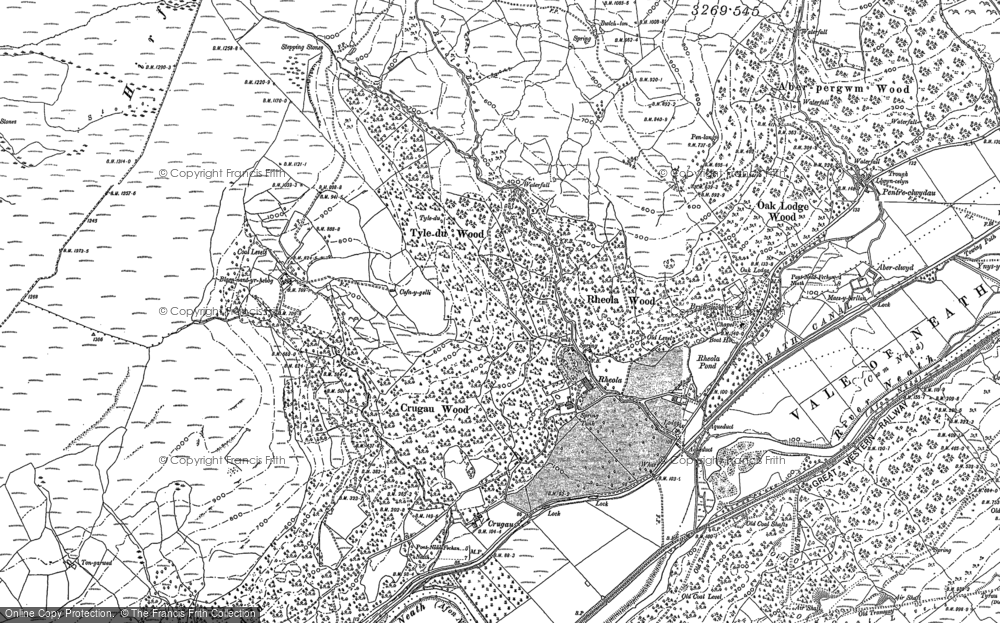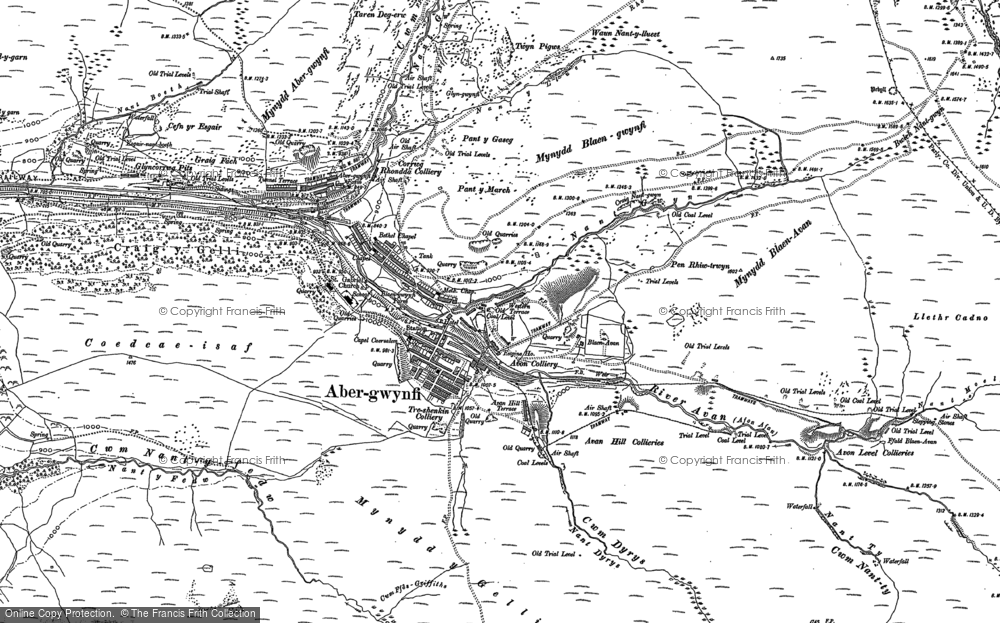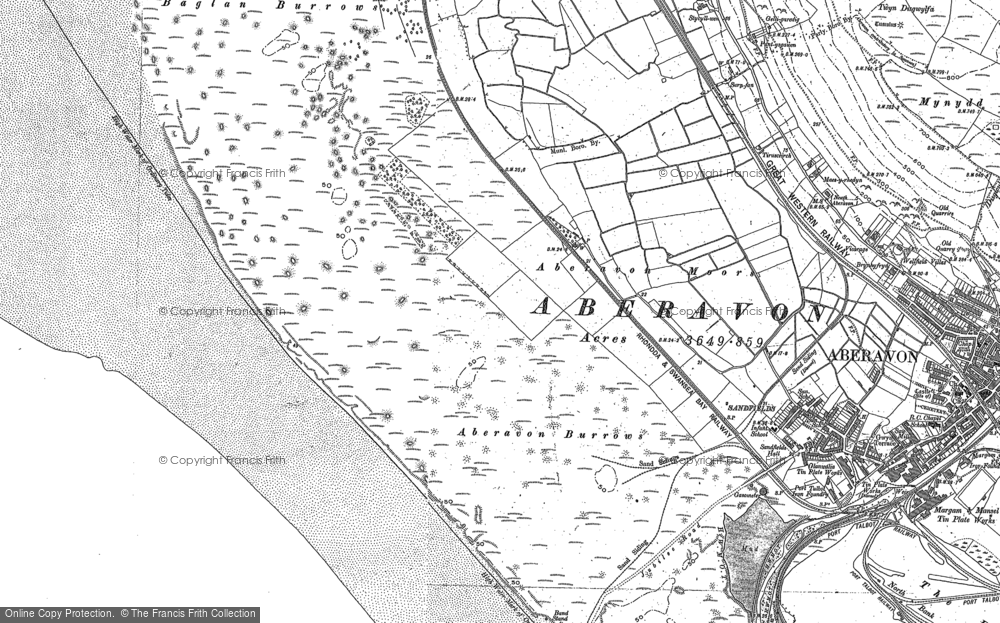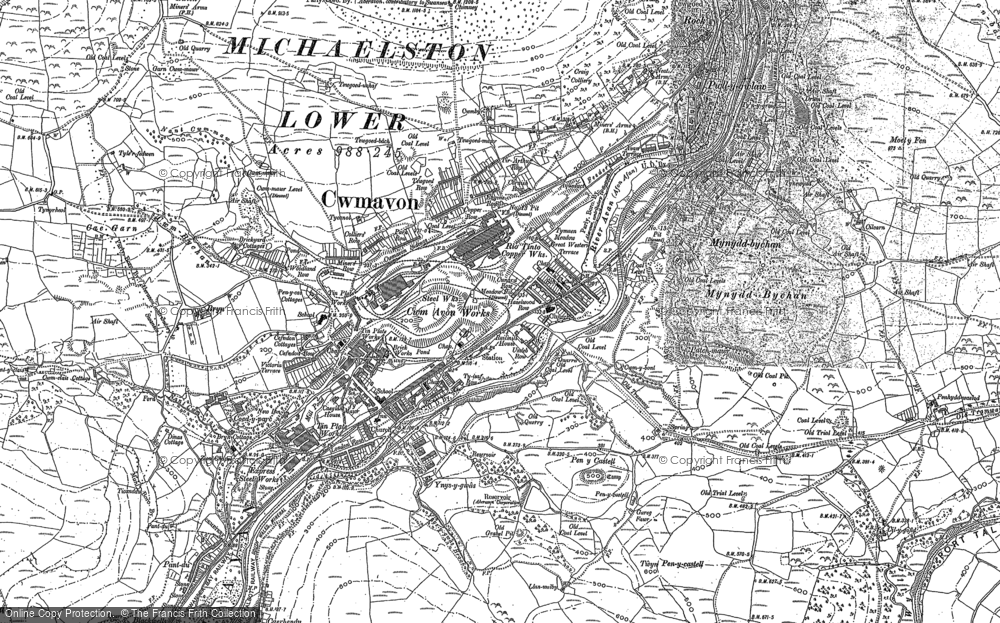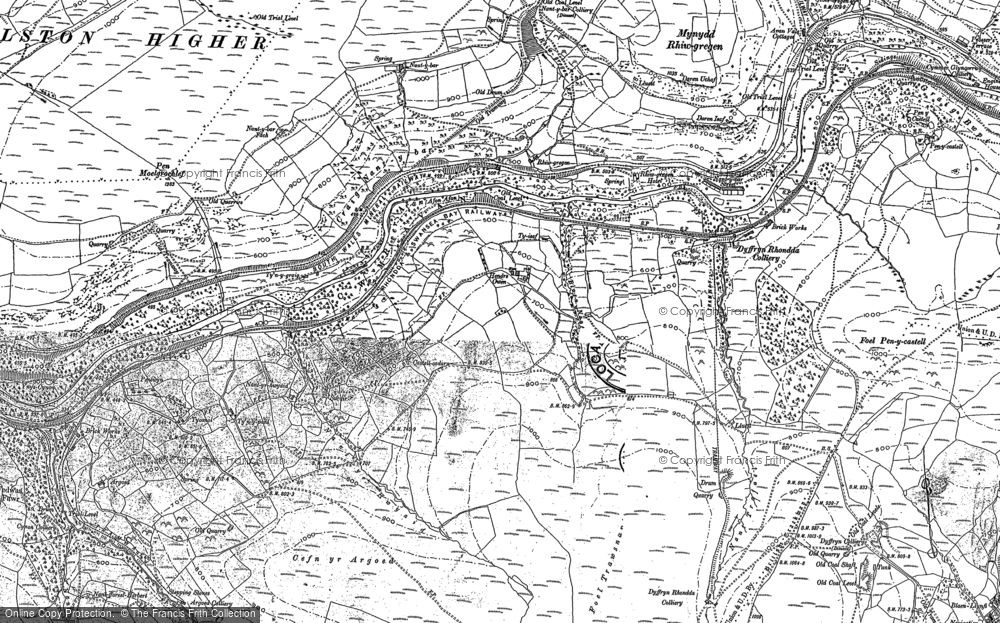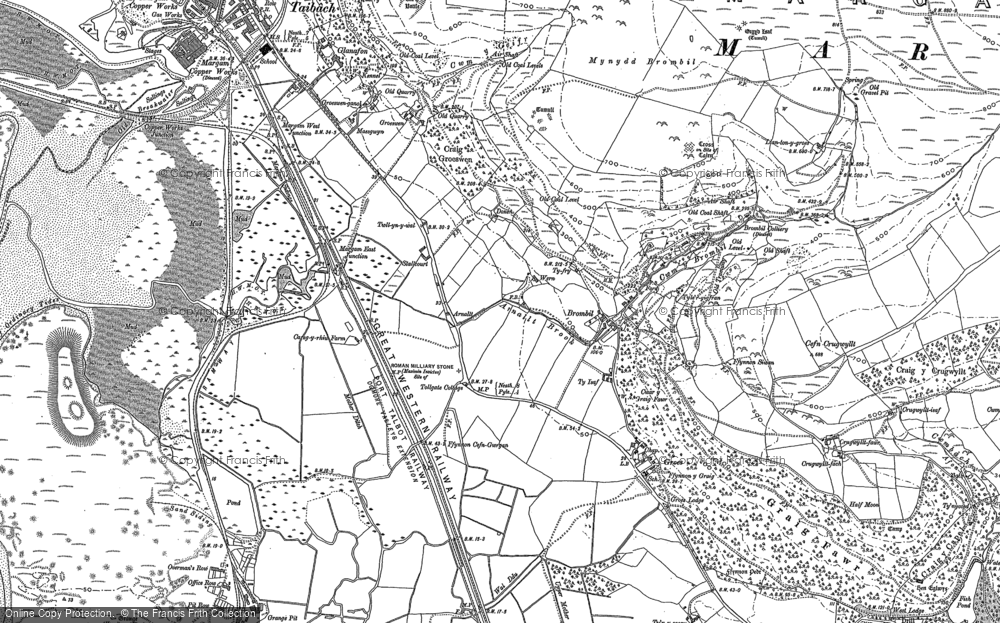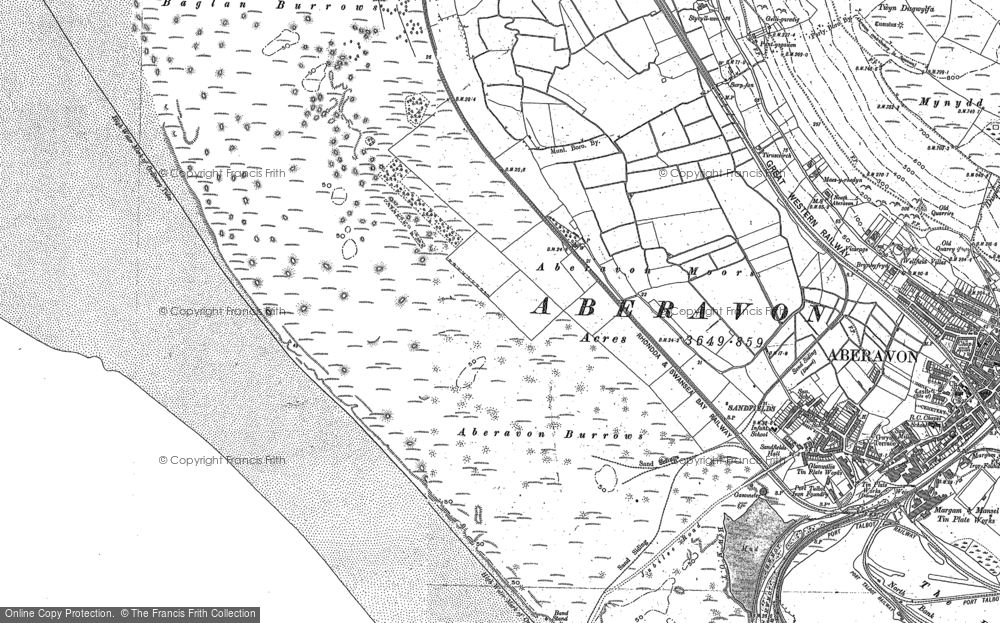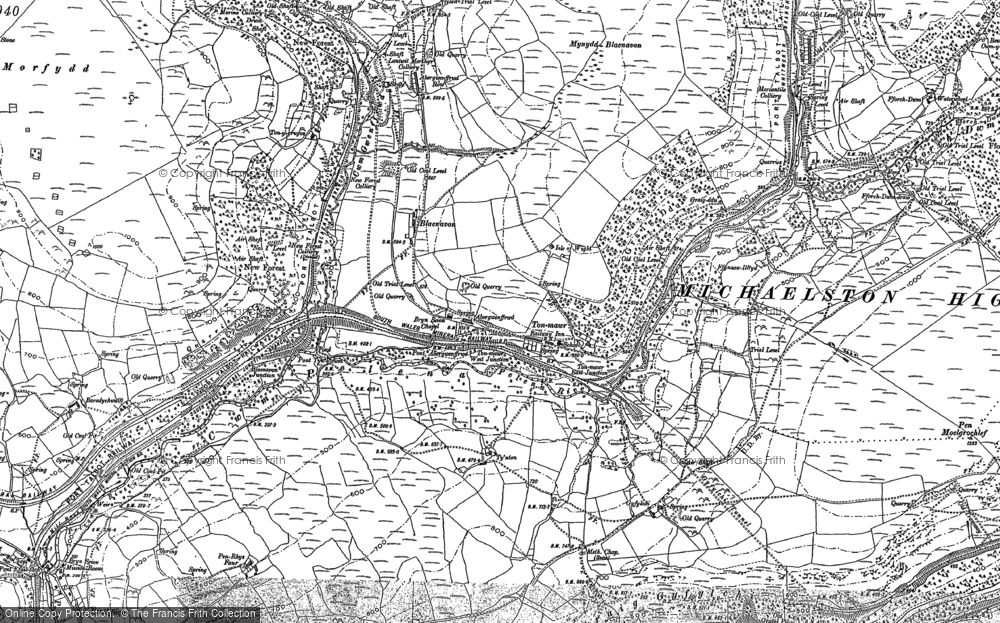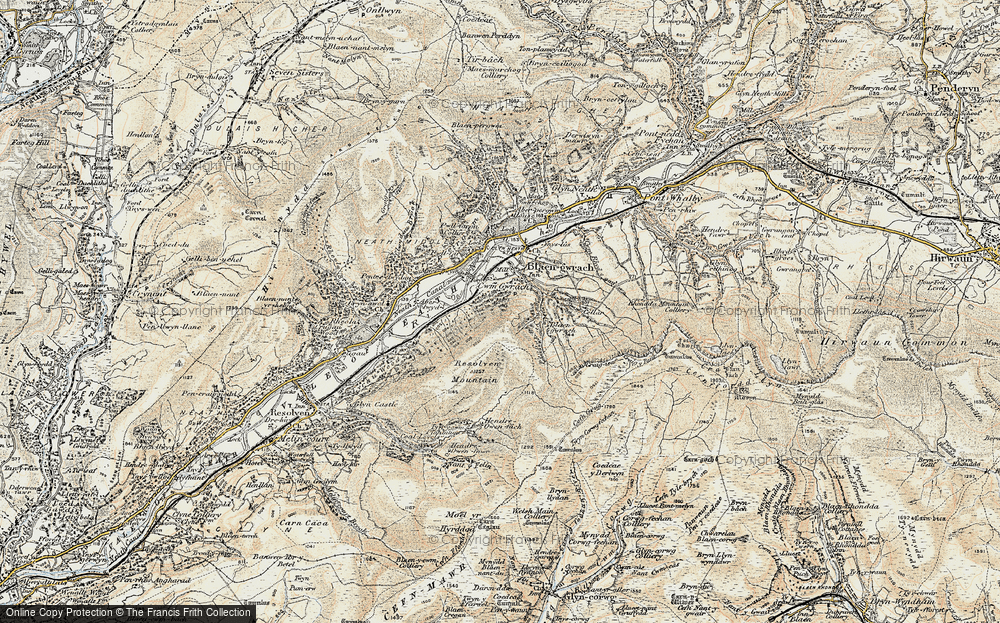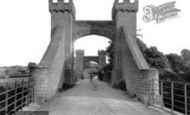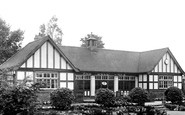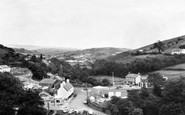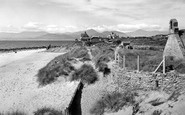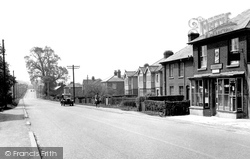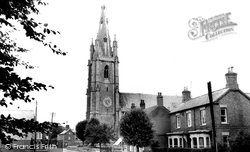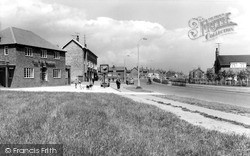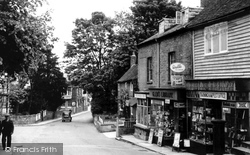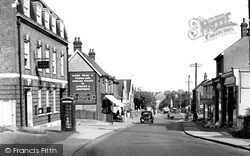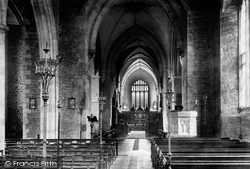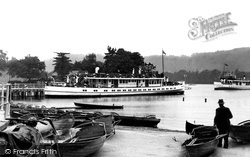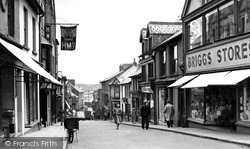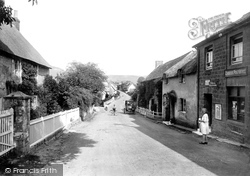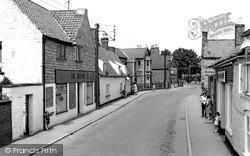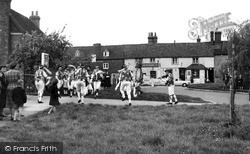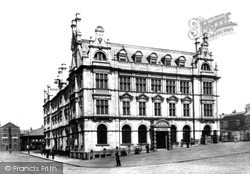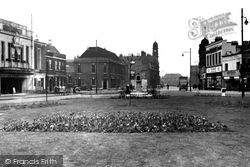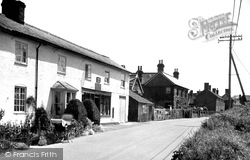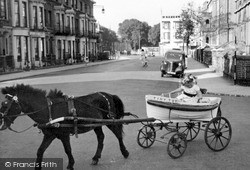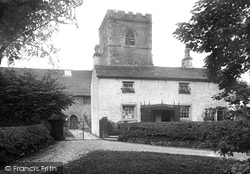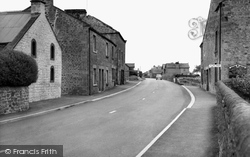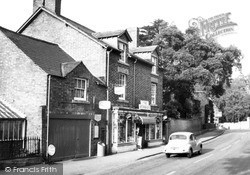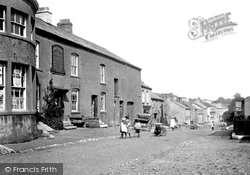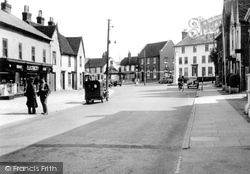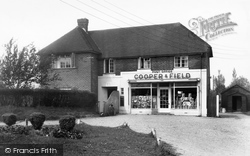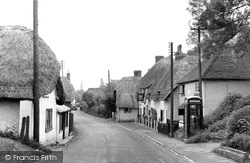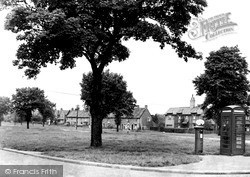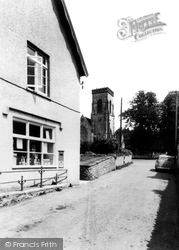Places
9 places found.
Those places high-lighted have photos. All locations may have maps, books and memories.
Photos
2,748 photos found. Showing results 681 to 700.
Maps
776 maps found.
Books
1 books found. Showing results 817 to 1.
Memories
2,736 memories found. Showing results 341 to 350.
Great Uncle Herbert?
My great grandfather, Christopher, owned Bridge House next to the bridge when this photo was taken, having moved there from Spennithorne where he had been the landlord of the Old Horn Inn. We believe the cart driver was my ...Read more
A memory of Middleham in 1910 by
Jurys Gap East Sussex
I lived at Camber Sands from 1950-1958 and then Rye. Jury's Gap is a little past Camber and the name comes from 'Jews' Gate' - probably because the area seems to have been used by Jewish merchants of Rye and Winchelsea, ...Read more
A memory of Jury's Gap in 1950 by
Nus Camp Leverington
It was a hot sultry afternoon at NUS Camp Leverington and I had decided to walk into Wisbeach, and had just walked past this church. In the church grounds, under large shade trees, I heard a cricket match with people ...Read more
A memory of Leverington in 1960 by
Broughton Astley Pre 1950
This is my second entry about Broughton Astley and may contain some references to items in my first reminisces. As a person 'born and bred' in Broughton Astley, I have fond memories of the village as it was 'in ...Read more
A memory of Broughton Astley by
Moving Here
Moved here to Rossington back in 1979. Lived at 42 Streatfield Cres, the end house. I rented the house from the N C B but a year later was offered to buy it from them. I paid one thousand 800 pounds for it, the morgage was 12 ...Read more
A memory of Doncaster in 1979 by
Lost Family Knowledge
My maternal grandparents (Hales) lived in Rectory Cottage, Wootton, and my mother was married from there in St George the Martyr Church, in the village, to a local man John (Jack) Evans on December 26 1938. I ...Read more
A memory of Wootton in 1930 by
Blackmill
My name is Beth McMillan - Mckay then. Now living in New Zealand. We lived in Glyn-Llan but I spent many a hour walking up and down that road to Blackmill, getting the shopping in the Co-op and little shop/post-office on the corner. ...Read more
A memory of Blackmill by
Osterley Villiage In The 1970's
I too, remember Mrs Thomas's sweet shop (where you could get a penny lolly 'Yum Yum!') also Mrs Baileys wool shop, Ramsons Indian haberdashery shop, La Strada restaurant, Mrs Thomas in the Chemist, Mr Hales ...Read more
A memory of Osterley by
My Young Life Living In Eve Road, West Ham
I can remember my infant years at Napier Road school. I remember when I was in the first year there, we would have a small slice of toasted bread in the afternoons. Then I went to Holbrook School when ...Read more
A memory of West Ham in 1958 by
Llandanwg Lost Church
I can remember the church being engulfed in sand and unloved by everyone. I have explored this church, albeit unofficially, with a friend of mine who lived in Llanfair village. His name is Emyr, whom I met when I started at ...Read more
A memory of Llandanwg in 1964 by
Captions
1,653 captions found. Showing results 817 to 840.
Is the lady making her way to the post office? A local contractor, Fred Dyke, owned steam-driven vehicles; lumps of red-hot ash would fall from the fire basket under the boiler onto the road.
The large village of Heckington has two great buildings, the mill and the church of St Andrew, which is most unusual in that it was totally built in the same architectural style, Decorated, in a very few
Here we see modern post-war housing development in what was known as West Hartlepool until the two Hartlepools merged to form the County Borough of Hartlepool in 1967.
On the right, the half-timbered Post Office and the adjoining small shops sport an impressive number of modern advertising signs.
The Post Office building is solidly built of brick.
At the east end of the nave aisle and on each side of the chancel arch are large brass posts with decorated candle holders, five in all.
In this post-Second World War scene by Bowness pier, we can see the large boats of the 1930s, the 'Teal' and the 'Swan', each taking the name of one of the Victorian steamers.
Opposite them, Briggs Stores is now the post office, and Cash & Co beyond is now a kebab shop.
In the aftermath of the Great War, the post office still bears a recruiting poster. It is interesting to speculate whether the 'Local Views' in the postcard rack are by the Frith company.
In this view the Beehive shop and the dormered cottage beyond survive, but the buildings beyond have been rebuilt for Townsends and the Post Office.
Led by the fiddle-player on the right, and probably lubricated by the pub behind him, Morris dancers perform on the village green in the year that ended post-war rationing.
Not far from the Harris Gallery is the new Head Post Office, shown here in the year that it first opened for business.
Further along the road is the main post office and at the end, distinguished by its clock tower, is the Town Hall, which was built in 1880.
His son Robert and his grandchildren continued at the shop and post office until its closure in September 1975. The wooden buildings were replaced by a house in the 1980s.
The little girl, strapped in for safety and concentrating on hanging on, looks much more Victorian than post-war, and should be in the Lifeboat Day Parade.
The post office sign is visible over the lower window of the building immediately in front of the church.
On the right we can see a finger post pointing to the church.
The Morris 1000 is heading west past the post office towards Tudor House - with its steeply pitched roof of stone tiles, it is one of Mickleton's notable buildings.
There is a poster for cocoa in the window of the Co-op on the left. The Kings Arms signboard in a blanked window (left) proclaims post horses for hire.
Dunmow`s post office has been in the red brick building (centre) since 1939. A barn, used for meetings by local dissenters, once stood on the site.
This post office is at 22 Oakley Lane, and is still trading today. Since the 1960s, Oakley has grown considerably, and its population is now 7,000.
There is a post office and a church here, and the River Anton flows through the valley.
Note the Gilbert Scott-designed telephone box on the right, together with the pillar box and sign to the post office. The pantiled roofs of the cottages are typical of this part of North Yorkshire.
Along with a post office there were a grocery, a butcher's, a cobbler's, a tailor's and a baker's in the village at this time.
Places (9)
Photos (2748)
Memories (2736)
Books (1)
Maps (776)


